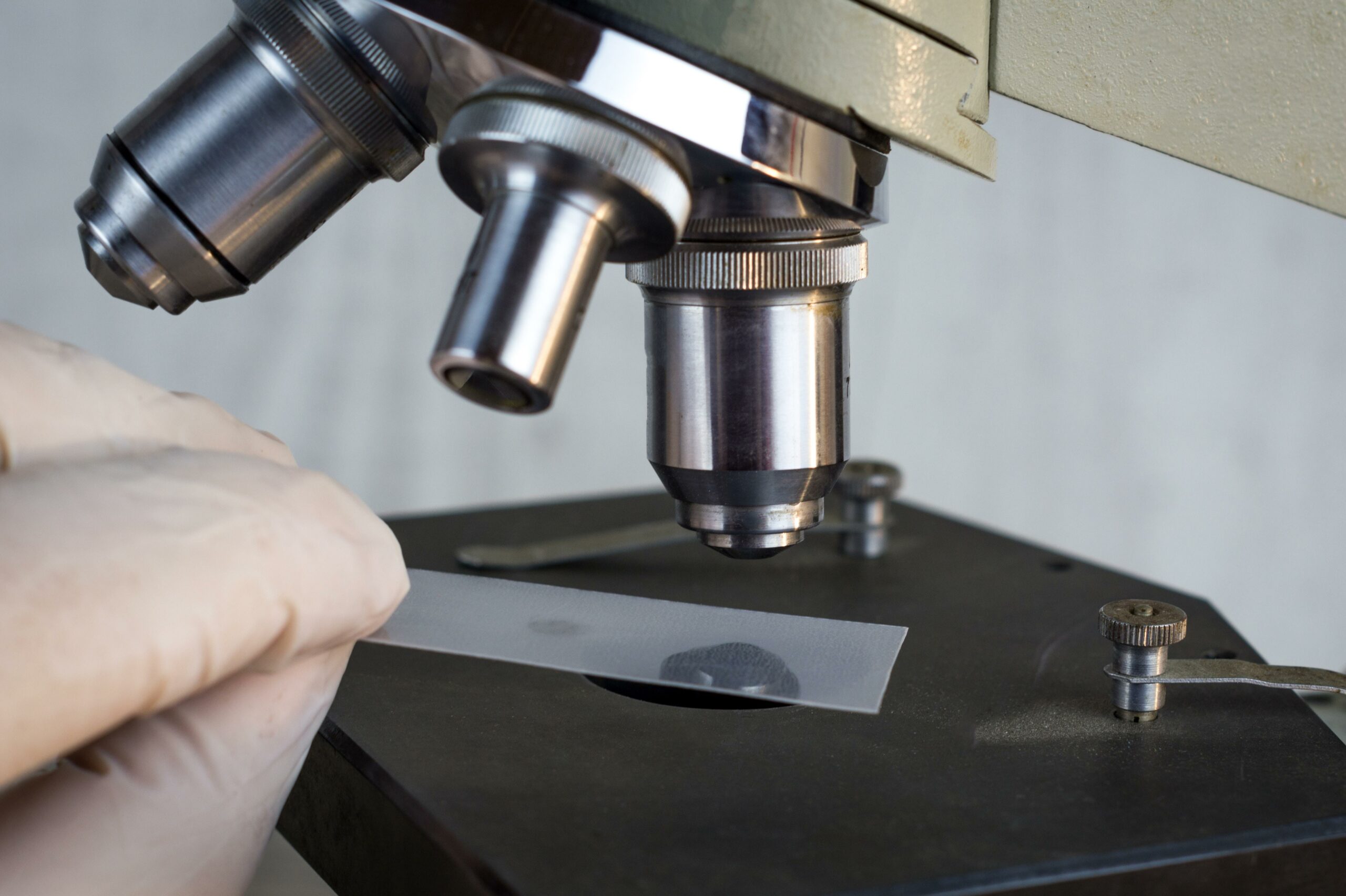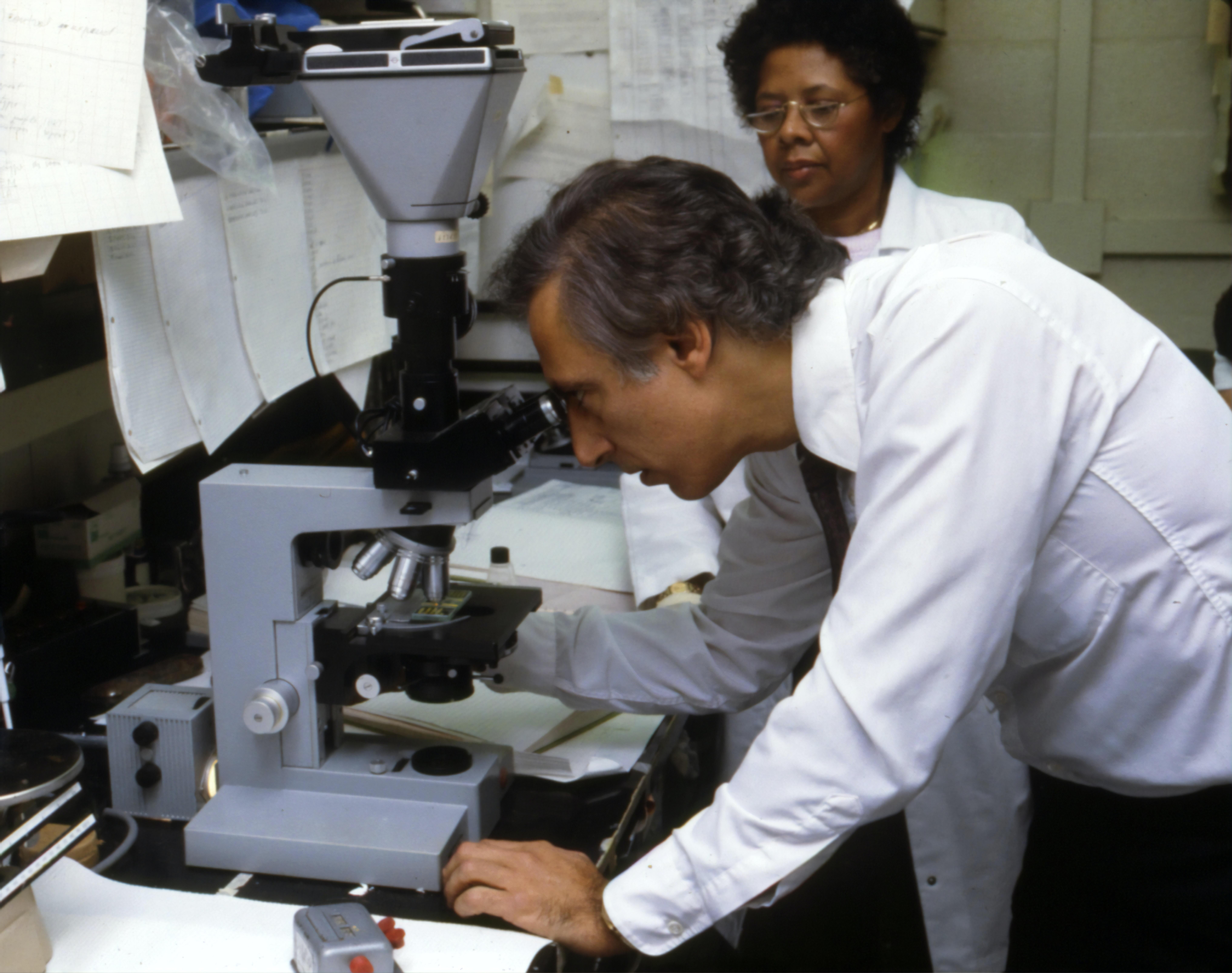Are you ready to dive into the fascinating world that lies beyond our naked eyes? In the field of biology, the microscope is an indispensable tool that unlocks the hidden wonders of the microscopic universe. As we embark on this thrilling journey, guided by the insights of a seasoned biologist, we will unravel the secrets of microscope usage in biology. Join me as we explore the intricate cellular structures and unravel the molecular mechanisms that underlie life itself. Get ready to witness the breathtaking beauty and profound details that only a microscope can reveal. Brace yourself for an enlightening adventure into the vast realm of biology through the lens of the microscope.

Microscope Usage in Biology: Insights from a Seasoned Biologist
As a seasoned biologist with a deep understanding of microscope usage in biology, I am excited to delve into the wonders of these powerful tools and their invaluable contributions to the field. Microscopes are more than just instruments; they open the doors to a microscopic universe, where cellular structures and molecular mechanisms can be explored with unprecedented detail. In this article, we will embark on a journey through the intricacies of microscope usage in biology, examining the various applications, types of microscopes, and the wealth of information they provide.
Microscopes serve as essential tools in biology, enabling scientists to study microscopic organisms, unravel the mysteries of cellular structures, and delve into the realm of molecular processes. One of their key uses is in observing objects at the cellular level. By using microscopes, scientists are able to visualize cells, their various organelles, and understand their functions in the broader context of life. The ability to see the shape of a cell, its nucleus, mitochondria, and other organelles provides vital insights into cellular structure and function. Microscopes offer higher magnification, resolution, and detail, unveiling a hidden world that cannot be perceived by the naked eye alone.
Microscopes find extensive application in microbiology, where they play a crucial role in studying microorganisms that are too small to be seen without assistance. These organisms include bacteria, viruses, and fungi that can have a significant impact on human health and the environment. By using microscopes, biologists can identify and characterize these microorganisms, facilitating diagnosis and the development of effective treatments for infectious diseases. The ability to visualize these tiny organisms allows scientists and healthcare professionals to respond swiftly and accurately to public health threats.
Microscopes have revolutionized the way we see the world. They allow us to explore the tiniest of details and uncover hidden mysteries. Whether you’re a scientist, a student, or just someone with a curious mind, understanding the uses of a microscope can open up a whole new world of possibilities. From examining cells and organisms to studying intricate structures, the uses of microscopes are vast and fascinating. So, if you’re ready to delve into the microscopic realm, click here to discover some amazing uses of microscopes: Uses Of Microscope.
FAQ
1. What are the main uses of microscopes in biology?
Microscopes are essential tools in biology for a variety of purposes. They are used to diagnose infectious diseases, study the effect of pathogenic microbes on human cells, and observe objects at the cellular level, providing insights into cellular structure and function.
2. How do microscopes enhance our understanding of cellular structures?
Microscopes provide higher magnification, higher resolution, and more detail than the naked eye, allowing scientists to see the shape of a cell, its nucleus, mitochondria, and other organelles. This helps in unraveling intricate cellular structures and understanding their functions.
3. What types of microscopes are commonly used in biology?
Different types of microscopes are used depending on the specimen under observation. These include stereoscopes, compound microscopes, confocal microscopes, and electron microscopes. Each type offers unique advantages and features that cater to specific research needs.
4. How do microscopes contribute to the field of microbiology?
Microscopes are particularly useful in microbiology for studying organisms that are too small to see without assistance. They enable scientists to view and analyze the cellular structures of bacteria, germs, and microorganisms, providing valuable information for diagnostics and research in this field.
5. Why are microscopes indispensable in the field of biology?
Microscopes play a vital role in exploring the intricate world of microscopic organisms and structures. They allow scientists to delve deep into the microscopic world, providing valuable information for diagnostics, research, and understanding the complexities of life at the cellular level.
- Unlocking Francis Alexander Shields’ Finance Empire: A Comprehensive Biography - July 12, 2025
- Unveiling Francis Alexander Shields: A Business Legacy - July 12, 2025
- Francis Alexander Shields’ Business Career: A Comprehensive Overview - July 12, 2025















